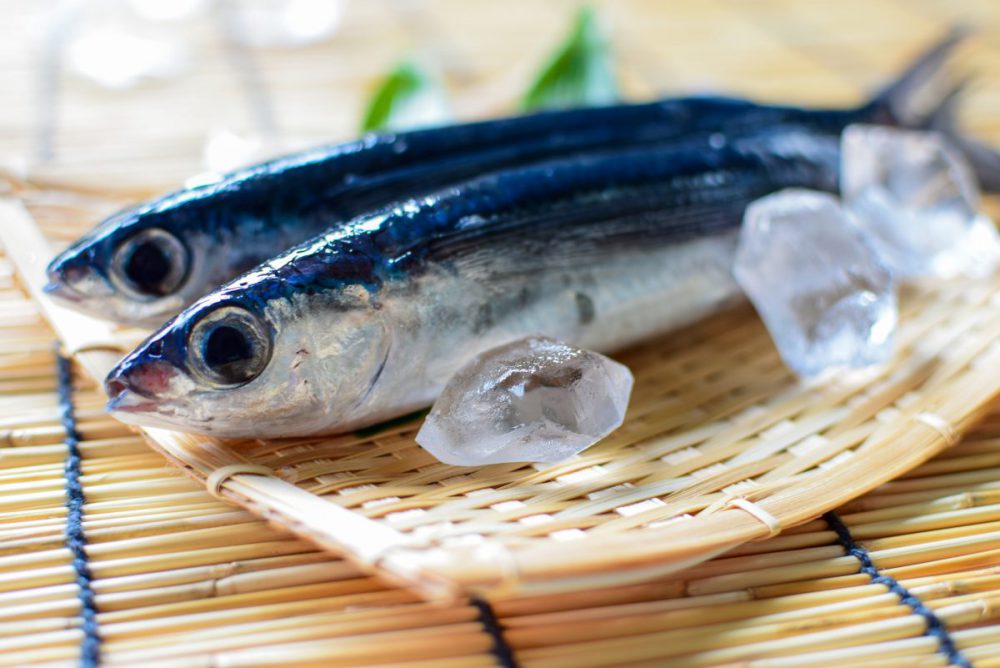How to Tell if Your Fish is Fresh or Not?

What comes to mind when you think of Japan? Most people would probably say, “Mount Fuji”, “Super-fast Bullet Trains”, and “Sushi”. As you know, the Japanese love eating fish, both cooked and raw. Fish plays a big part in the traditional daily diet of the people here and has done so for thousands of years. When you visit a supermarket in Japan, you will find a whole area dedicated to fresh fish. You will also see a lot of different types of fish and seafood. Fish is still popular today, due to its availability and numerous health benefits.
If you are a fan of fish or are thinking about trying some fresh fish when you are visiting Japan, it is important to know how to distinguish between what is fresh and what is not.
In this article, we will provide you with some tips on how to find the freshest fish.
1. Beautiful at First Sight
First impressions are very important in Japan, not only with people, but with your fish as well. First, follow your instincts and make sure that you choose a fish that looks good or is “beautiful at first sight.” Fresh fish should not have any milky, cloudy mucus, but should look clean and shiny. The scales are important, check that they are still intact, and the body has no damage.
2. Check for Clear Eyes
This is a basic tip that most Aussies know about and follow, but sometimes the best tips are the simplest. Stare deeply into the fishes’ eyes and make sure that they have clear, sparkly eyes. This is a sure-fire clue that the fish is fresh and has just been caught from the water. On the flip side, if the fish has red eyes that appear cloudy then it is probably not fresh.
3. Make Sure the Fish has Clear, Red Gills
If you are buying fish from a fish market, make sure that you check the gills are clear and red. This can sometimes be difficult in the supermarket if the fish is wrapped in plastic. In this case, you can always ask one of the staff to give you a hand. Try to turn over the fishes’ gills with clean fingers. If you can see vivid red flesh, the fish is fresh. If you see dark red or even black blood, this is not a good sign and means that the fish is past its peak.
4. A Strong Resilient Body
Fresh fish should have a strong resilient body. You can check this by holding the fish by the tail and looking to see if the fish slumps or bends. If the fish keeps its shape, then it is fresh. Another way to check is to touch the fish’s stomach. If it feels firm, this means the fish should be fresh. If the stomach feels soft, then the fish might have gone bad already.
5. The Smell Test
One of the easiest ways to tell fresh fish is the smell test. A fresh fish should have no unpleasant fishy odour but smell of the beautiful ocean. Give the fish a close smell and if its pleasant, then it is fresh. If you pick up a strong fishy smell straight off the bat or smell the blood from the fish, it is probably not fresh.
6. How to Find Fresh Fish at the Supermarket
It is common to buy fish from the supermarket in Japan. However, it can be difficult to identify which fish are fresh when they are beautifully wrapped and neatly displayed on the supermarket shelf.
Do not despair; here is a life hack to help you out in addition to my advice above.
· Pick up the wrapped fish and give it a close look. Try and find the fish’s sparkle and freshness via visual clues.
· Look at where you picked up the fish. If you see any residue from the fish, it may no longer be fresh or taste good.
Now you know how to spot fresh fish and what to avoid when shopping for fish in Japan.
